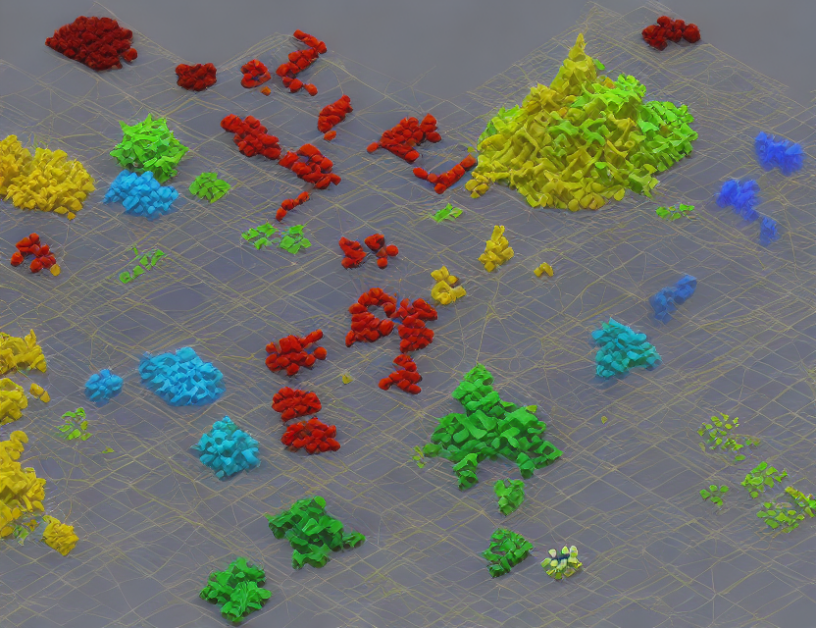In this article, we present a novel approach to constructing free energy surfaces for machine learning models using consensus-based sampling. Our method leverages the power of ensemble learning to create accurate and efficient models that can be used for a wide range of applications. By combining the strengths of multiple models, we can generate high-quality free energy surfaces that capture the complex relationships between the model parameters and the target variable.
Consensus-based Sampling
The core idea behind our approach is to use consensus-based sampling to generate a set of candidate models, each representing a different member of the ensemble. These candidates are then used to construct the free energy surface, which provides a continuous representation of the energy landscape. By iteratively refining the candidates through a process of voting and selection, we can arrive at a set of final models that are highly accurate and robust.
Mean Field Limit
One key advantage of our approach is that it allows us to derive a mean field limit, which provides a simplified representation of the free energy surface. This limit can be used to identify the most important features of the energy landscape and to develop approximate methods for computing the free energy. By combining the mean field limit with the consensus-based sampling method, we can create a powerful tool for analyzing complex machine learning models.
Advantages
There are several advantages to using consensus-based construction of free energy surfaces. Firstly, it allows us to generate high-quality free energy surfaces without requiring extensive computational resources. Secondly, it provides a flexible and robust framework for analyzing complex machine learning models. Finally, it enables us to develop approximate methods for computing the free energy, which can be used to accelerate the optimization process.
Conclusion
In conclusion, our consensus-based construction of free energy surfaces offers a powerful new approach to analyzing machine learning models. By leveraging the strengths of ensemble learning and mean field theory, we can generate accurate and efficient models that capture the complex relationships between the model parameters and the target variable. With its flexibility, robustness, and scalability, this method has the potential to revolutionize the field of machine learning optimization.



